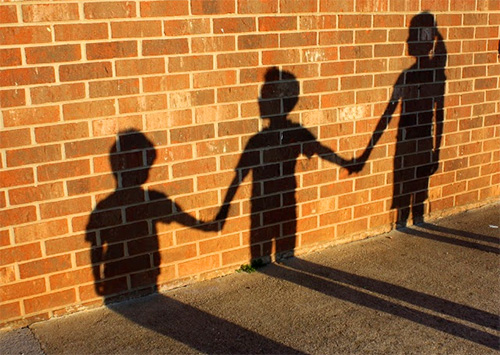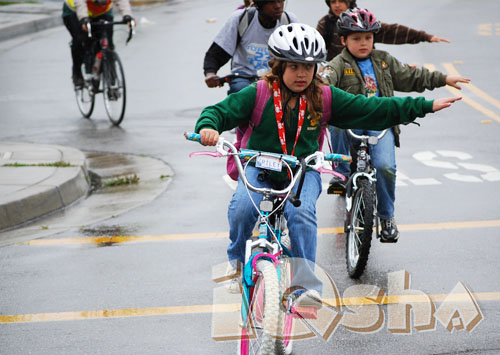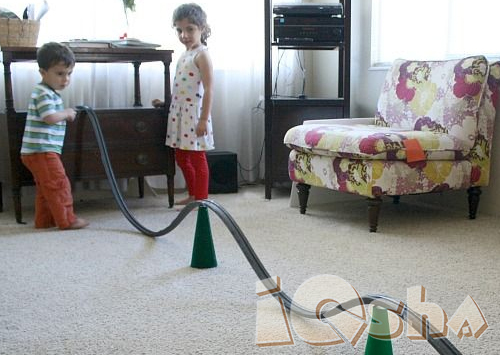


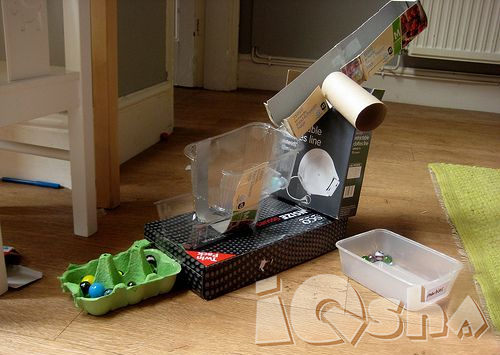
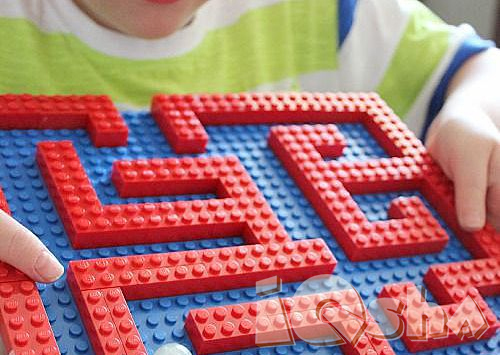
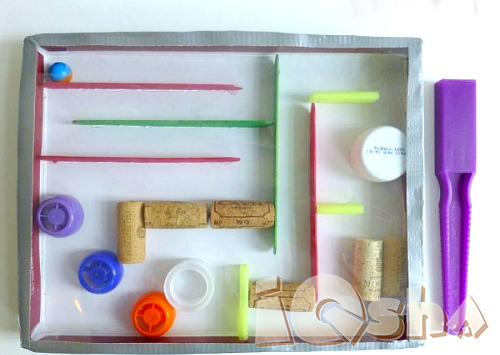
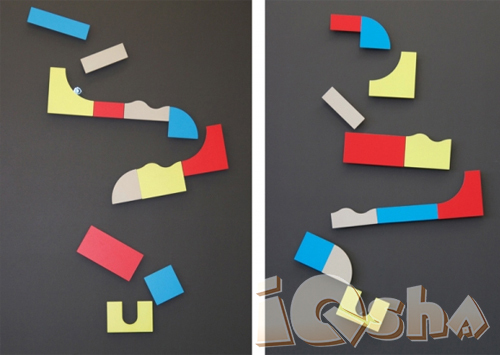

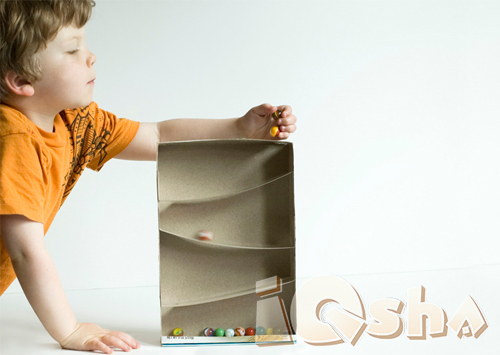
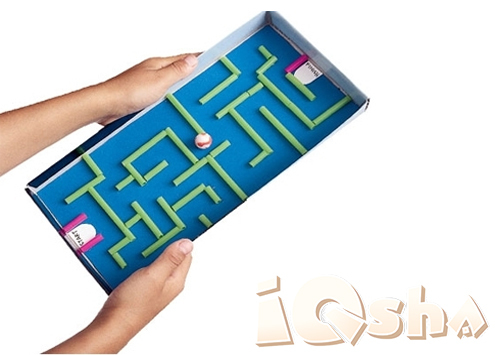
Watching for moving objects - an important stage in the development of a child’s ideas about the physical world. HThey early starts understanding what objects can be rolled and what objects cannot. Games with any balls can be arranged both for entertainment, and for experiments. To create the twirled labyrinth - great pleasure! You can use any improvised materials for it: cut bicycle cameras and plastic cylinders for conducting; cardboard tubules from paper towels, lids from plastic bottles, straws for cocktails and even Legos! Here the list of tasks you can use in the experiments :
- In what places of the labyrinth does the ball roll quicker, and where - more slowly? Why?
- What kind of ball will pass a labyrinth more quickly - bouncing, glass, steel or plasticine?
- What surfaces are better for sliding: straight or inclined? Rough or smooth? What labyrinth is rougher, and which is - smoother?
- Is it better to make a labyrinth where the ball is touching the walls or where there is space between a ball and the walls? In what case to pass a labyrinth is more interesting what way is simpler?
- What obstacles can be used to make the ball bounce, fly, or enter other capacities?
- What sound is it when different ball slides and falls? How do you reproduce the sound?
- What is the angle? What inclination of the angle forces a ball to slide faster and what angle will detain it or even stop it?
- What will happen to the balls if they go up one by one? And what if a bigger ball goes after the smallest one?
- Create obstacles or holes for the balls, the player will receive points when he hits the bull's-eye...
- What materials are not suitable for sliding? (Liquid clay, sand, emery paper...)
Have fascinating experiments!

